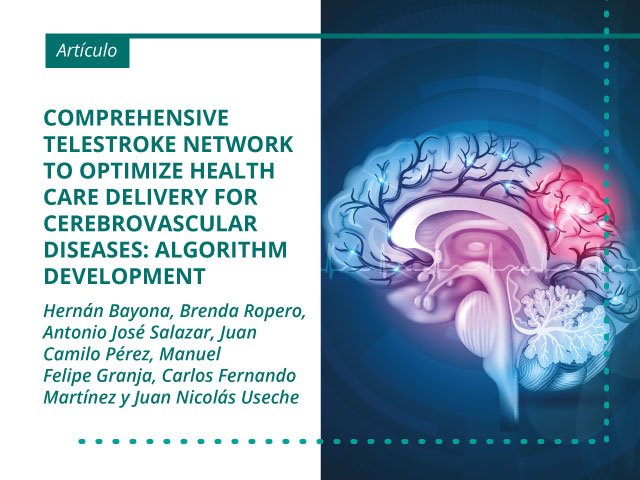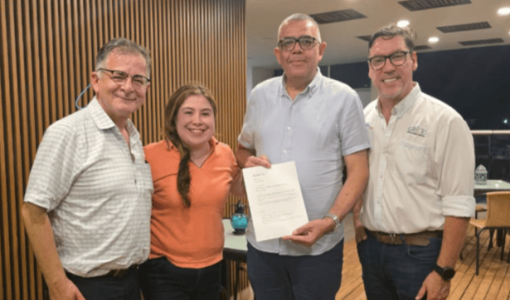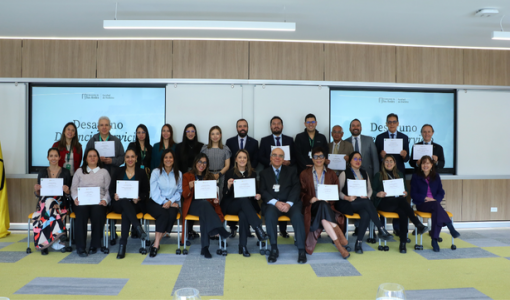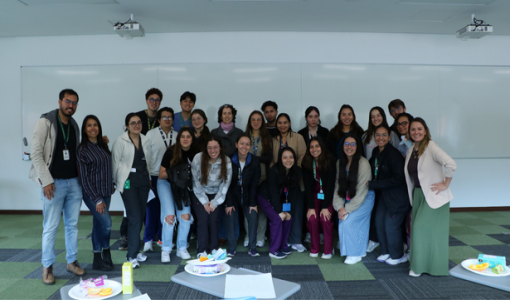Consulta nuestra publicación en colaboración de la Facultad de Ingeniería, Departamento de Imágenes Diagnósticas y la Fundación Santa Fe de Bogotá. Acerca de telestroke.
Abstract:
Background: Health care delivery for cerebrovascular diseases is a complex process, which may be improved using telestroke networks.
Objective: The purpose of this work was to establish and implement a protocol for the management of patients with acute stroke symptoms according to the available treatment alternatives at the initial point of care and the transfer possibilities.
Methods: The review board of our institutions approved this work. The protocol was based on the latest guidelines of the American Heart Association and American Stroke Association. Stroke care requires human and technological resources, which may differ according to the patient’s point of entry into the health care system. Three health care settings were identified to define the appropriate protocols: primary health care setting, intermediate health care setting, and advanced health care setting.
Results: A user-friendly web-based telestroke solution was developed. The predictors, scales, and scores implemented in this system allowed the assessment of the vascular insult severity and neurological status of the patient. The total number of possible pathways implemented was as follows: 10 in the primary health care setting, 39 in the intermediate health care setting, and 1162 in the advanced health care setting.
Conclusions: The developed comprehensive telestroke platform is the first stage in optimizing health care delivery for patients with stroke symptoms, regardless of the entry point into the emergency network, in both urban and rural regions. This system supports health care personnel by providing adequate inpatient stroke care and facilitating the prompt transfer of patients to a more appropriate health care setting if necessary, especially for patients with acute ischemic stroke within the therapeutic window who are candidates for reperfusion therapies, ultimately contributing to mitigating the mortality and morbidity associated with stroke.
Autores:
Hernán Bayona
- Hospital Universitario Fundación Santa Fe de Bogotá y Universidad de los Andes
Brenda Ropero y Juan Nicolás Useche
- Departamento de Imágenes Diagnósticas, Hospital Universitario Fundación Santa Fe de Bogotá
Antonio José Salazar y Juan Camilo Pérez
- Universidad de los Andes
Manuel Felipe Granja
- Hospital Universitario Fundación Santa Fe de Bogotá y Lyerly Neurosurgery, Baptist Health, Jacksonville, FL, United States
Carlos Fernando Martínez
- Hospital Universitario Fundación Santa Fe de Bogotá













